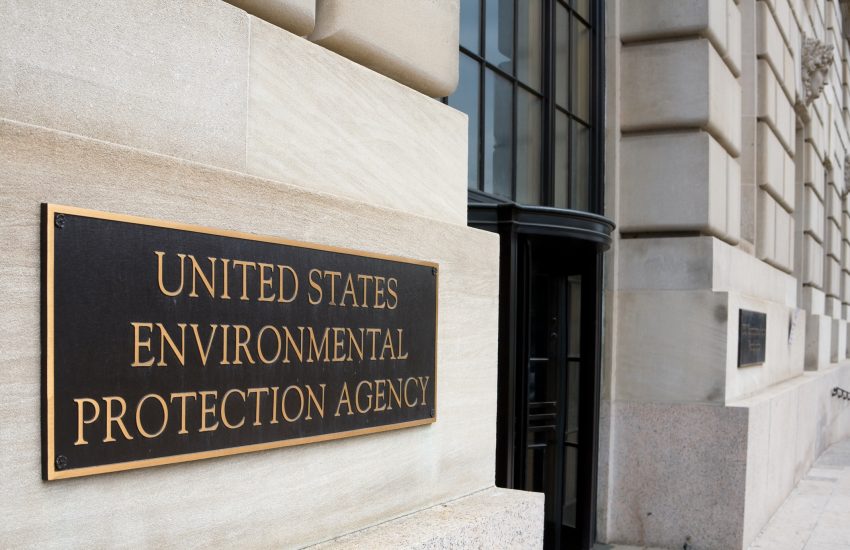California’s Air Resources Board (CARB) on Jan. 13 sent a letter to withdraw its request to the Environmental Protection Agency pursuant to Sections 209(b) of the Clean Air Act (CAA) for a federal waiver that would require commercial truckers to switch to using zero-emissions vehicles in accordance with the CARB’s Advanced Clean Fleets regulation (ACF).
Had it been granted a waiver, CARB would have been allowed to put into effect the drayage and “high priority fleets” provisions of the ACF. CARB first requested this wavier …
Continue Reading








